 6 |
6 | AutoPeptideML
9 | 10 |11 | AutoML system for building trustworthy peptide bioactivity predictors 12 |
13 | 14 |
15 |
16 | 



22 |
23 |
24 |
25 |
26 |
 6 |
6 | 11 | AutoML system for building trustworthy peptide bioactivity predictors 12 |
13 | 14 |
15 |
16 | 



22 |
23 |
24 |
25 |
26 |